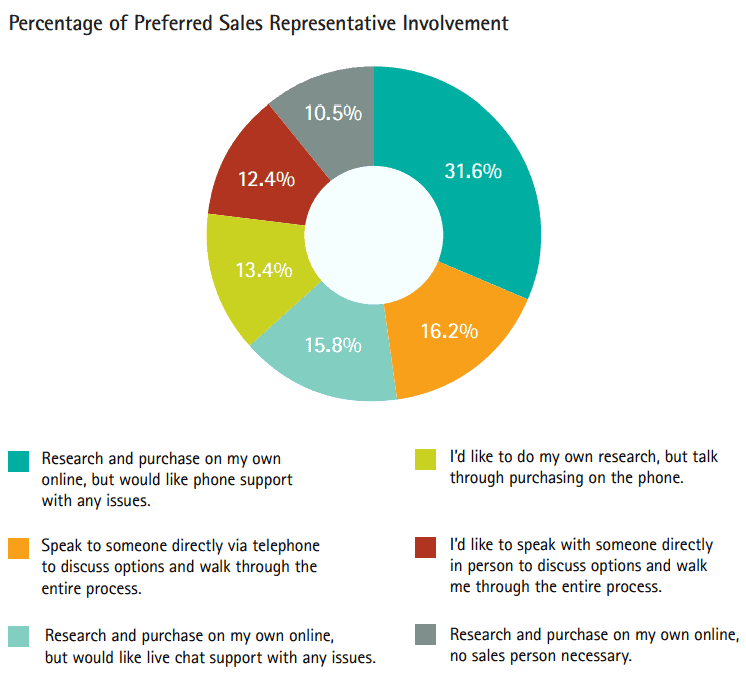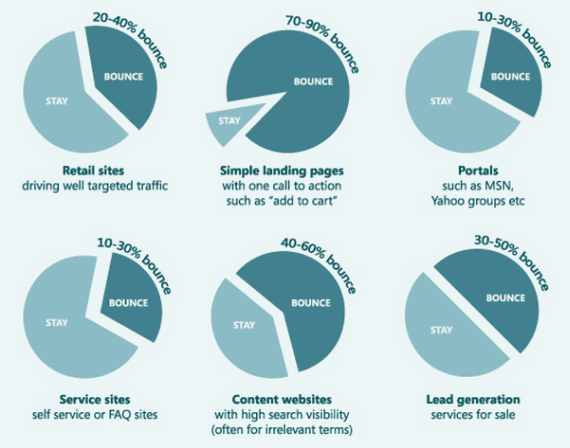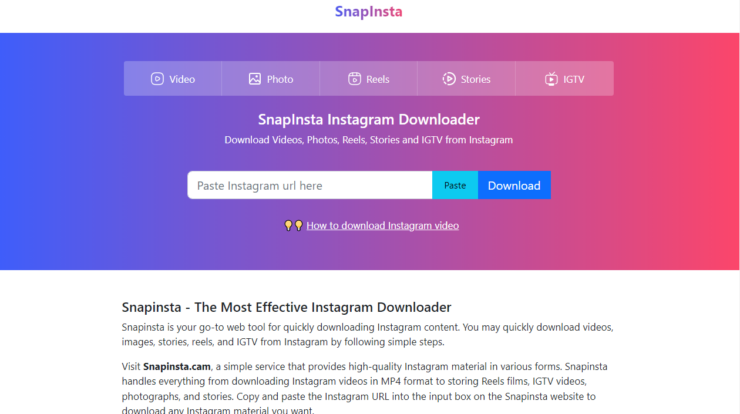B2C retailers have trained online buyers to expect a frictionless buying experience. Search, click, done! And they’ve done an excellent job with their training. According to a PwC report, 86% of B2B buyers are willing to pay a higher price if they receive an exceptional buying experience. So, while the actual needs of the B2B electronics buyer are different from a retail customer, they expect the same experience. Get it right and reap the profit. According to Adobe’s 2020 Digital Trends Report, 36% of B2B companies credit website customer experience as their highest performing business opportunity. McKinsey research shows that 80% of B2B companies surveyed plan on relying on their eCommerce channel even 12 months post-COVID-19. So, B2B eCommerce is here to stay for the electronics industry. And if you get it wrong you will suffer the consequences. Here are 7 mistakes you can’t afford to make in electronics eCommerce.
Neglect the Need for Self-Serve
Millennials are digital natives and they represent a growing number of B2B product researchers and buyers in the electronics industry. Even before COVID-19, they didn’t want to meet in person, and they didn’t want to talk on the phone.
Accenture research shows that buyers want to do their researching and purchasing online, by themselves, knowing that phone support is available if they have any issues or questions.
If this is what your customer wants, then why would you serve them up anything else? Yet some companies stand up a website that’s nothing more than some downloadable product brochures and a phone number to call for pricing. Don’t be that company! Provide the complete self-serve experience buyers of electronics wants with customer support and sales just an online chat or phone call away. Do not hassle them with online contact forms and email responses. They just don’t have the time and want answers now.
UnResponsive Design
Buyers are on-the-go and increasingly working from home. You never know what device they will be using to access your website.
The website must display flawlessly on more than desktops and laptops. It needs to work well on mobile devices such as smartphones, tablets, and phablets. And as an electronics wholesaler or distributor, the bar is set even higher. And don’t forget, your customers aren’t the only ones using your website and eCommerce platform. For your employees, the back-end needs to work as well on mobile as the front-end.
Menus must be easily accessible, screens uncluttered, and designs clean. And because more and more people rely on voice search, it needs to be optimized for voice as well as standard search.
The office and the home office will be flooded with voice assistants by 2023. Many of them may be devices your company sold! Make sure your website is ready for this next wave in search.
Poor Content
Customers want more than just a product description. They want owner and user manuals. They need warranty information and case studies. If your website doesn’t have the information they want or need, they will move on to the next website, which is probably your competitors. The 15 second rule still applies – you’ve got 15 seconds to grab attention and keep it.
High bounces rates can be a clear indication that page quality is low or that people aren’t finding the information you need. While bounce rates vary by page type and industry, make sure that your website is providing rich content such as videos, whitepapers, blogs, answers to FAQs, and other information your buyers need.
Feeble On-Site Search
Product listings are nice, but researchers don’t necessarily want to scroll through them. If you don’t provide on-site search, you send a signal that you don’t respect the visitor’s time. Make it easy for researchers and other site visitors to quickly find what they need with a strong on-site search. Include features like autofill to make their job even easier.
Remember, the buyer wants to be in control of their experience. On-site search empowers them to control their experience. So, while even the best designed menus may not adequately capture every bit on content on you can still make it easily available through internal site search functionality. Neglecting on-site search isn’t something you can afford to do. Especially with ever changing and large product catalogs.
Call for Pricing
In the digital world, business goes on 24 hours a day, seven days a week, and every week of the year, and a well-trained chatbot app helps in it. So why would you insist that prospects call or email for pricing?
Sure, it’s common in B2B for each contract to be negotiated separately and for pricing to be unique to each customer. But that doesn’t mean you can’t boil down complex ricing rules to algorithms. A website that is powered by a robust pricing engine and includes customizable workflows allows you to automate the quoting and pricing process.
Digitize the RFQ and QTC processes and not only do you ensure that every contract is priced properly, you’ll provide the immediate response that buyers want. Now your sales force can spend their time focusing on the non-routine activities that require the human touch while your website is busy serving up self-serve pricing. And if you need to negotiate further, make sure your website allows unlimited custom price lists and catalogs.
Don’t make the mistake of thinking your sales force will close the deal. If you insist that searchers call for pricing, many will just move along and not make that call.
Complicated Check-Out Workflows
Speaking of customizable workflows, how hard do you make it to checkout? Are there endless forms and screens in the process?
Did you know that when you place the entire checkout workflow on one-screen, the entire psychology of the transaction changes?
The fewer the clicks, the fewer places a buyer will abandon the cart. If every stage in the checkout process is represented by a separate screen, the process appears more complicated and appears to take longer.
A/B test your current checkout workflows and see if offering a single page checkout doesn’t convert better. And while you are at it, see how easy it is for customers to re-order.
Since B2B buyers historically purchase the same items over and over again, remove the friction in the reorder process.
Allow reorder and checkout from order history, uploaded CSV files, or even EDI and punch out catalogs.
You can even partner with digital credit and accounts receivable service vendors to provide equipment financing, credit checks, and factoring all online.
Data Silos
Your website should never be an island. Not in the form of data or function. Data that doesn’t flow through integrated systems collects in silos and can’t inform decisions throughout the company.
Don’t make the mistake of creating a website using a platform that doesn’t integrate with your ERP, 3PL, PIM, CRM, WMS, or other existing business software.
Make sure that your solution operates within a rich ecosystem of partners, community, and APIs so it will integrate fully with your existing architecture.
Offer real-time inventory levels so customers never get that unpleasant out-of-stock or backorder notice they weren’t expecting. Give marketing, sales, and warehouse management insight into products and product lines that aren’t moving.
Solutions that don’t integrate and create data silos aren’t solutions at all: they are a problem.
3 More Things to Consider
Now that you know what not to do, let’s look at 3 more things to consider when it comes to B2B eCommerce for the electronics industry.
Flexibility. One of the greatest strengths eCommerce brings to the table is it’s amazing ability to provide organizational flexibility. Make sure you make the most of your flexibility:
Consider changing business models with the markets – eCommerce lets you move from B2B to B2C to B2B2C effortlessly without changing platforms.
Enter new markets easily – no need to stand up brick and mortar operations. Localize your website by language and currency and expand worldwide.
Personalization. Use eCommerce to personalize product catalogs, offers, promotions and pricing. With eCommerce, it’s possible to provide every customer the exact customer experience they want. Be sure to make the most of the personalization and customization features of your eCommerce platform.
Efficiency. Digitize as many routine operations as possible and let the humans focus on the unusual. The improved efficiency pays off through elimination of errors and time spent on tedious activities.




